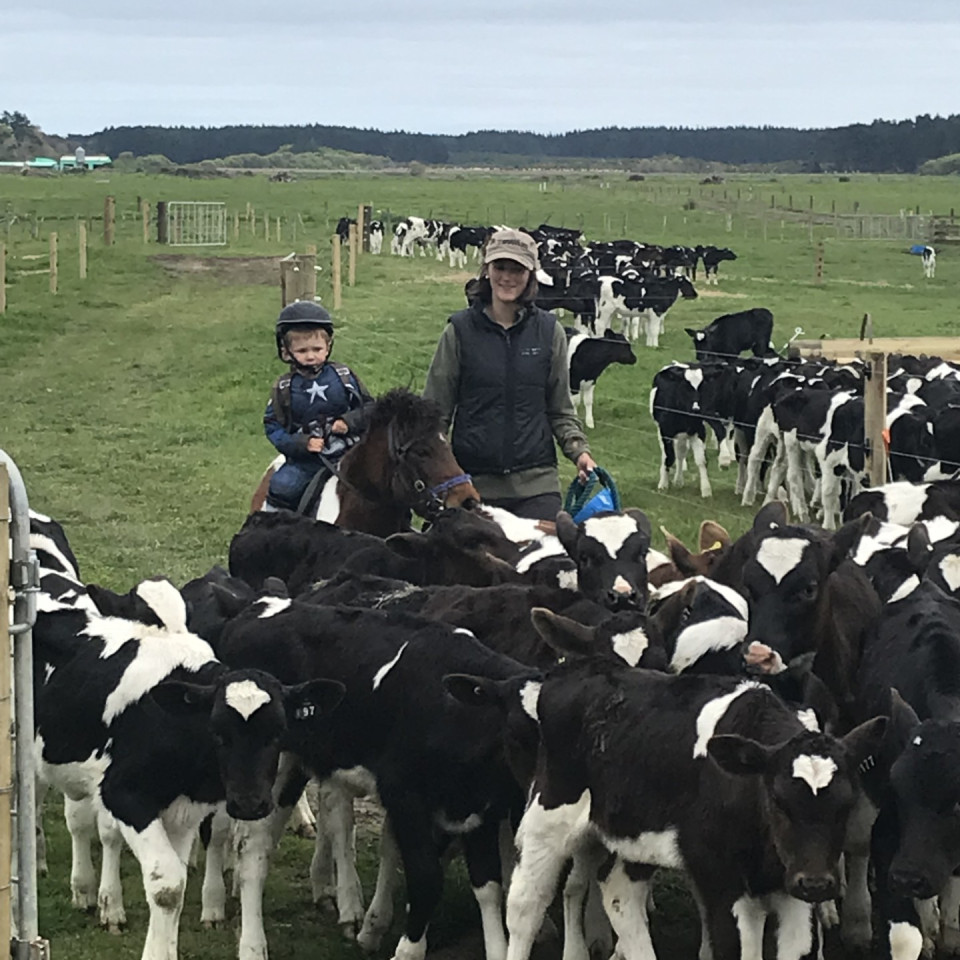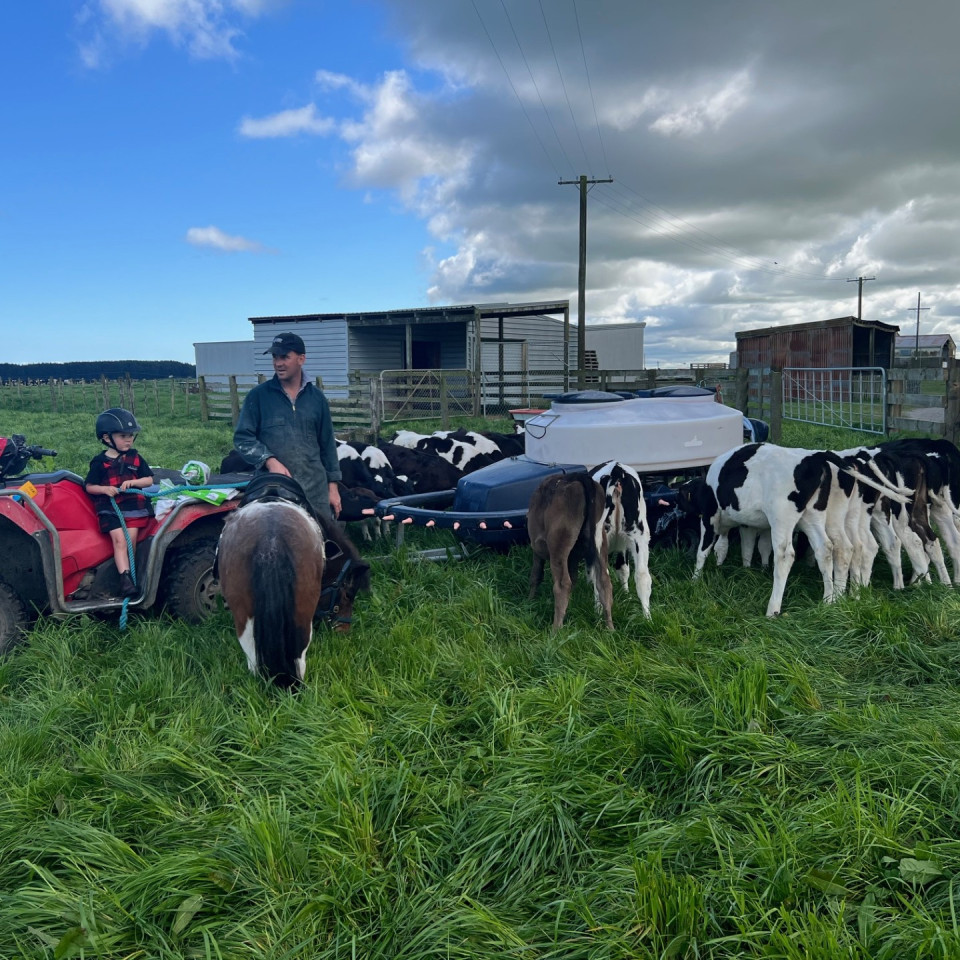Starting off the right way
Sarah says they aim to feed four litres of colostrum within the first 24 hours of the calf’s life and test their colostrum quality continuously, freezing excess quality colostrum to use at a later date. “We aim for a 23-Brix rate with our colostrum. If there’s anything left over, we will freeze it, so we don’t waste it,” says Sarah.
They also tube feed colostrum to ensure every calf is getting four litres of colostrum in the first 24 hours. They give them a five-in-one vaccination and Multimin supplement to support the effectiveness of the vaccine, all within the first five days. Sarah says they have also split their calf sheds to keep newborns separate from the main mob for the first five days when they are fed colostrum.
When the calves graduate to the second shed, they move to a mix of MaxCare calf powder and milk from the shed. The calf power is weighed to ensure meticulous mixing and they use the MaxCare Animal App to manage their mixing ratios based on how many calves they have in the shed.
“Depending on how much milk we have from the shed we top it up with the calf milk powder and by being careful with the mixing ratios the consistency between the two stays the same,” says Sarah.

